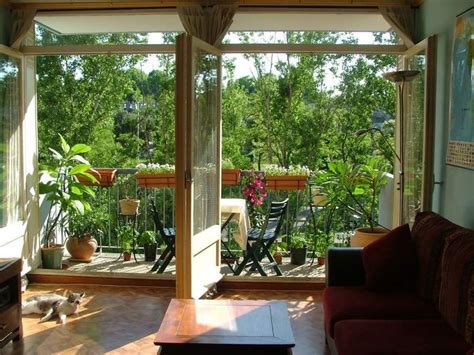Transforming Your Balcony Garden into a Thriving Wildlife Haven
In the age of urbanization, creating green spaces on balconies offers not just aesthetic appeal but also a critical habitat for wildlife. With the right design and strategy, even a small balcony garden can become a sanctuary for biodiversity, attracting birds, pollinators, and other creatures. This guide provides practical advice on how to build a sustainable, wildlife-friendly garden in limited spaces, ensuring you contribute to local ecosystems while enjoying a touch of nature at your doorstep.
Key Concepts
- Wildlife garden: A space designed to support biodiversity by offering food, shelter, and water sources for various species.
- Urban gardening: Gardening within city limits, often on balconies, rooftops, or small yards, to bring nature into densely populated areas.
- Container gardening: Growing plants in pots or containers, crucial for balconies where soil access is limited.
- Eco-friendly practices: Gardening methods that reduce environmental impact, such as composting and using native plants.
Historical Context
The concept of wildlife-friendly gardening gained momentum in the 20th century as urbanization fragmented natural habitats. Initiatives to promote green spaces, such as community gardens and urban parks, highlighted the need for residential efforts to support local ecosystems. Today, balcony gardens offer an accessible way to reconnect with nature and mitigate biodiversity loss in urban areas.
Current State Analysis
With the rise of urban gardening, many individuals are transforming balconies into vibrant ecosystems. However, the challenge lies in balancing aesthetics with ecological function. While decorative plants are popular, not all species attract wildlife. Furthermore, the widespread use of chemical fertilizers and pesticides poses a threat to biodiversity. Creating a sustainable, wildlife-friendly balcony garden requires careful plant selection, structural planning, and a shift toward organic practices.
Practical Applications
- Choosing the Right Plants: Opt for native plants that attract local pollinators. Herbs like lavender, thyme, and mint are ideal for both culinary use and wildlife attraction.
- Vertical Gardening: Utilize walls and railings with hanging pots or trellises to maximize greenery in limited space.
- Water Features: A small birdbath or shallow dish of water can serve as a vital water source for birds and insects.
- Organic Soil Management: Use compost and avoid synthetic fertilizers to promote soil health and protect wildlife.
Case Studies
| Case | Location | Key Results |
|---|---|---|
| Pollinator Balcony in Berlin | Berlin, Germany | Increased visits by bees and butterflies by 60% with native plants. |
| Bird-Friendly Balcony | Toronto, Canada | Installation of bird feeders led to frequent visits by sparrows and chickadees. |
| Rooftop Wildlife Refuge | New York, USA | Combination of flowers and water features attracted rare urban species. |
Stakeholder Analysis
- Homeowners: Benefit from increased property value and mental well-being.
- Local Governments: Gain environmental improvements and reduced urban heat effects.
- Environmental Organizations: Advocate for urban biodiversity initiatives.
Implementation Guidelines
Follow these steps for a seamless transition to a wildlife-friendly balcony:
- Plan your garden layout based on sunlight and space availability.
- Use native plants that thrive in your local climate.
- Avoid synthetic chemicals to protect visiting wildlife.
- Incorporate a mix of flowers, herbs, and shrubs to diversify habitats.
Ethical Considerations
Gardening for wildlife entails a responsibility to balance human enjoyment with the well-being of creatures. Introducing bird feeders, for instance, must be done with caution to prevent dependency or predator attraction. Additionally, consideration should be given to the ecological impact of non-native plant species, as they may disrupt local ecosystems.
Limitations and Future Research
While balcony gardens contribute to urban biodiversity, they have limitations in scope compared to larger green spaces. More research is needed to understand the full ecological impact of urban gardening and how these efforts can complement larger conservation initiatives. Innovations such as smart irrigation systems and eco-friendly materials will play a crucial role in future developments.
Expert Commentary
Experts across fields emphasize the growing importance of urban gardens as micro-habitats in cities. According to landscape ecologists, every green space, no matter how small, plays a role in supporting biodiversity. Garden designers highlight the dual benefits of beauty and function, encouraging homeowners to prioritize wildlife-friendly elements. Policy analysts argue that municipalities should provide incentives for urban gardening to ensure sustainable city living.


